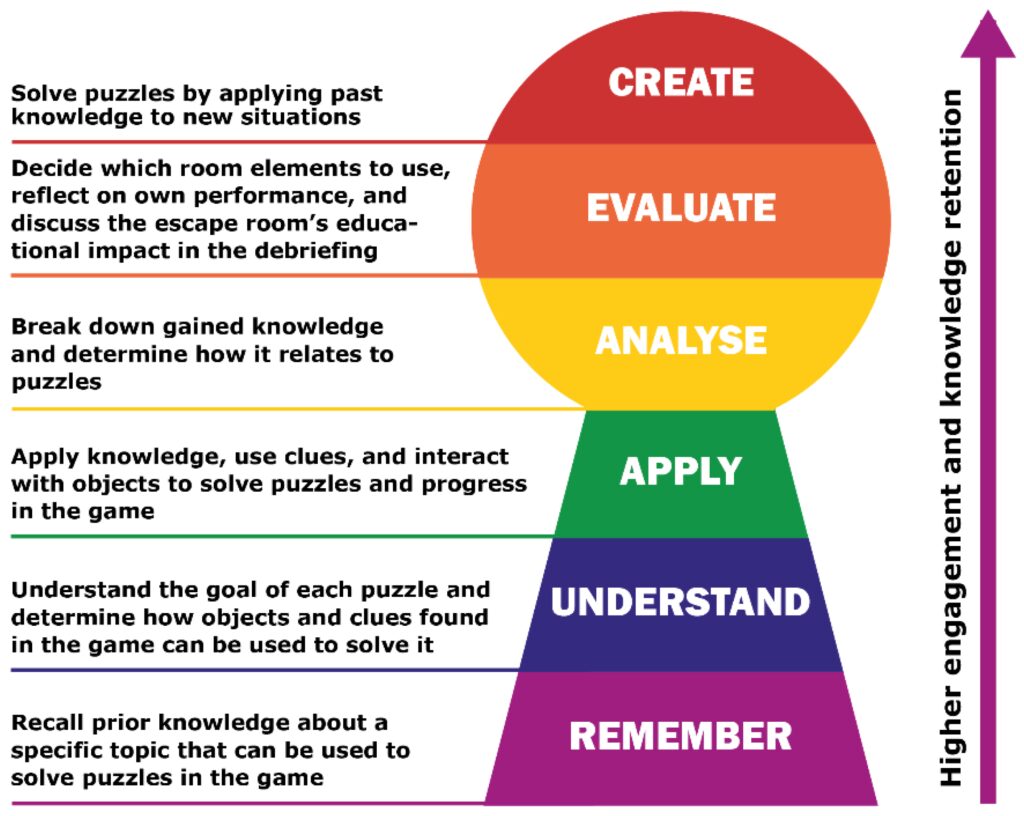Escape rooms have become a popular leisure activity worldwide. The first escape room game was introduced in Japan in 2007, and since then, the industry has grown exponentially, with the global escape room market valued at $326.4 million in 2018 and expected to reach $2.8 billion by 2025. The gameplay involves a group of players solving puzzles and clues to escape from a locked room within a designated time frame. Escape rooms promote cognitive skills such as problem-solving, lateral thinking, and teamwork, and offer a fun way to de-stress and unwind. The industry continues to grow, incorporating virtual and augmented reality into the games.
The Rise of Escape Rooms
The concept of escape rooms has taken the world by storm in recent years. Escape rooms are a physical adventure game in which players solve puzzles and clues to escape from a room within a designated time frame. They have become one of the most popular leisure activities among people of all ages and backgrounds.
Origin and Development
The first escape room was introduced in Japan in 2007. The game was called “Real Escape Game” and became an instant hit. It quickly spread to other parts of Asia and Europe, and eventually made its way to the United States in 2012.
Since then, the popularity of escape rooms has grown exponentially. According to MarketWatch, the global escape room market was valued at $326.4 million in 2018 and is projected to reach $2.8 billion by 2025. With the increasing demand, escape room businesses have popped up in cities all over the world.
Gameplay
Escape rooms typically consist of a group of players who are locked in a room and given a time limit (usually one hour) to solve a series of puzzles and clues that will help them escape. The puzzles can be anything from deciphering codes, to finding hidden objects, to solving riddles.
Players must work together to solve the puzzles and escape before time runs out. The game requires critical thinking, communication, and teamwork.
Types of Escape Rooms
There are many different types of escape rooms to choose from. Some rooms are designed to be spooky or suspenseful, while others are focused on problem-solving and logic. Some popular themes include:
- Post-apocalyptic
- Haunted house
- Crime scene investigation
- Science fiction
- Treasure hunt
Benefits of Escape Rooms
Escape rooms offer many benefits beyond just being a fun activity. They can improve cognitive skills such as problem-solving, lateral thinking, and creativity. They also promote teamwork and communication skills, as players must work together to escape the room.
Escape rooms are also a great way to de-stress and unwind. They offer a break from the daily routine and allow players to immerse themselves in a new and exciting challenge.
The Future of Escape Rooms
As the escape room industry continues to grow, so does the demand for new and innovative experiences. Many escape room businesses are now incorporating virtual reality and augmented reality into their games, creating even more immersive and challenging experiences.
The rise of escape rooms shows no signs of slowing down anytime soon. With their unique blend of problem-solving, teamwork, and fun, they offer a refreshing break from reality that is sure to continue to captivate players around the world.
